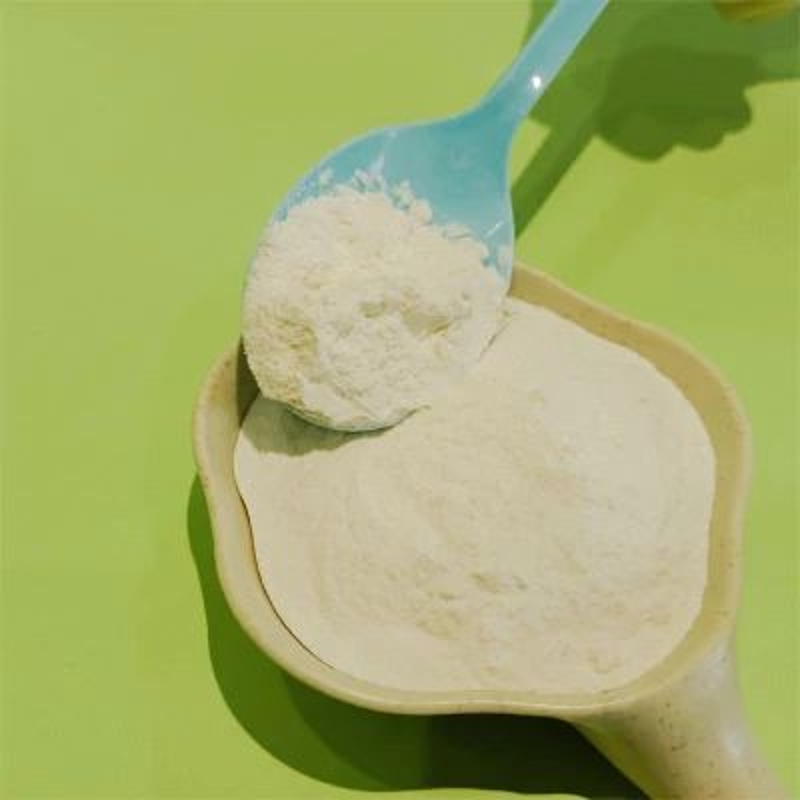-
Categories
-
Pharmaceutical Intermediates
-
Active Pharmaceutical Ingredients
-
Food Additives
- Industrial Coatings
- Agrochemicals
- Dyes and Pigments
- Surfactant
- Flavors and Fragrances
- Chemical Reagents
- Catalyst and Auxiliary
- Natural Products
- Inorganic Chemistry
-
Organic Chemistry
-
Biochemical Engineering
- Analytical Chemistry
-
Cosmetic Ingredient
- Water Treatment Chemical
-
Pharmaceutical Intermediates
Promotion
ECHEMI Mall
Wholesale
Weekly Price
Exhibition
News
-
Trade Service
net/tag_3748.
html" class="zdbq" title="Food related food information" target="_blank">Food Partners ReutersMay 12, 2021,foodmate.
net/tag_1377.
html" class="zdbq" title="EU Food Safety Agency Relevant Food Information" target="_blank"> the European Food Safety Authority on having afoodmate.
net/tag_1412.
html" class="zdbq" title="Glucan related food information" target="_blank"> glucan 1,4-α-foodmate.
net/tag_1417.
html" class="zdbq" title="Glucose related food information" target="_blank"> glucose glucosidase and α-foodmate.
net/tag_339.
html" class="zdbq" title="Amylase related food information" target="_blank"> amylase safety evaluation of food enzyme activity posted comments.
It is understood that this food enzyme is produced by the genetically modified Aspergillus niger strain NZYM-BX and is intended to be used in starch processing, glucose syrup and distilled alcohol production.
After evaluation, the expert team believes that under the expected use conditions, the risk of allergies and induced reactions caused by dietary exposure cannot be ruled out, but the possibility of this occurrence is very low.
Based on the data provided, the expert team concluded that this food enzyme will not cause safety issues under the expected conditions of use.
Some of the original reports are as follows:
Based on the data provided, the expert team concluded that this food enzyme will not cause safety issues under the expected conditions of use.
Some of the original reports are as follows:
The food enzyme with glucan 1,4‐α‐glucosidase (EC 3.
2.
1.
3) and α‐amylase (EC 3.
2.
1.
1) activities is produced with the genetically modified strain of Aspergillus niger NZYM‐BX by Novozymes A/S.
The genetic modifications do not give rise to safety concerns.
The food enzyme is free from viable cells of the production organism and its DNA.
The food enzyme is intended to be used in starch processing for the production of glucose syrups and distilled alcohol.
Since residual amounts of total organic solids are removed by distillation and by the purification steps applied during the production of glucose syrups, dietary exposure was not calculated.
Genotoxicity tests did not raise a safety concern.
The repeated dose 90‐day oral toxicity study in rats made with a substitute enzyme was not considered suitable.
However, since no exposure was expected from the intended uses, this study was not considered necessary.
Similarity of the amino acid sequence of the food enzyme to those of known allergens was searched and two matches were found.
The Panel considered that, under the intended conditions of use, the risk of allergic sensitisation and elicitation reactions by dietary exposure cannot be excluded, but the likelihood is considered to be low.
based on the data provided, the Panel concluded that this food enzyme does not give rise to safety concerns under the intended conditions of use.
2.
1.
3) and α‐amylase (EC 3.
2.
1.
1) activities is produced with the genetically modified strain of Aspergillus niger NZYM‐BX by Novozymes A/S.
The genetic modifications do not give rise to safety concerns.
The food enzyme is free from viable cells of the production organism and its DNA.
The food enzyme is intended to be used in starch processing for the production of glucose syrups and distilled alcohol.
Since residual amounts of total organic solids are removed by distillation and by the purification steps applied during the production of glucose syrups, dietary exposure was not calculated.
Genotoxicity tests did not raise a safety concern.
The repeated dose 90‐day oral toxicity study in rats made with a substitute enzyme was not considered suitable.
However, since no exposure was expected from the intended uses, this study was not considered necessary.
Similarity of the amino acid sequence of the food enzyme to those of known allergens was searched and two matches were found.
The Panel considered that, under the intended conditions of use, the risk of allergic sensitisation and elicitation reactions by dietary exposure cannot be excluded, but the likelihood is considered to be low.
based on the data provided, the Panel concluded that this food enzyme does not give rise to safety concerns under the intended conditions of use.
This article is edited by Foodmate.
com Food Information Center.
If you have any questions, please contact news@foodmate.
net.
com Food Information Center.
If you have any questions, please contact news@foodmate.
net.







